Wouldn’t it be great if we were somehow able to maintain the same level of motivation, inspiration and enthusiasm for our own work at every stage of our journey through photography? The fact is that’s wishful thinking; everyone who spends enough time in this craft is going to experience a lull in their creativity. It’s a frustrating phase to endure, but it is indeed just that: a phase. It will pass. But you can definitely do something to help yourself rise out of the dumps. My most commonly relayed piece of advice is, in general, to add a new wrinkle to your photography repertoire. In specific? I like to encourage people to get into film photography. It’s not as difficult or expensive as some would have you believe, and with all the different styles and formats available, you’re likely to find something that grabs your attention.
Here’s a casual overview of some of the options available to you should you decide to dip your toe in the film photography pool.
35mm Photography
Perhaps the cheapest route into film photography, the 35mm camera is the most commonly used type of camera ever manufactured. You can choose an SLR or a rangefinder, interchangeable lens or fixed lens. You can still buy a relatively small selection of 35mm cameras brand new from Nikon, Leica and a few other names, but your best move will be to look for a used camera. They are in plentiful supply and can be had for dirt cheap. Lenses for these cameras are equally easy to find; you may discover, though, that lenses tend to retain their value better than camera bodies, so while you can certainly find excellent lenses at attractive prices, don’t be surprised to come across old lens going for more than the cost of your digital gear.
35mm film is also readily available in a satisfying range of varieties. Whether you want color or black and white, slide film or negative film, film for low light or a fine grained film, you will have no problem finding something to load into your 35mm camera. All the big names are still around: Kodak, Fujifilm, Ilford, plus a few good quality smaller brands like AgfaPhoto, Lomography and Fomapan.
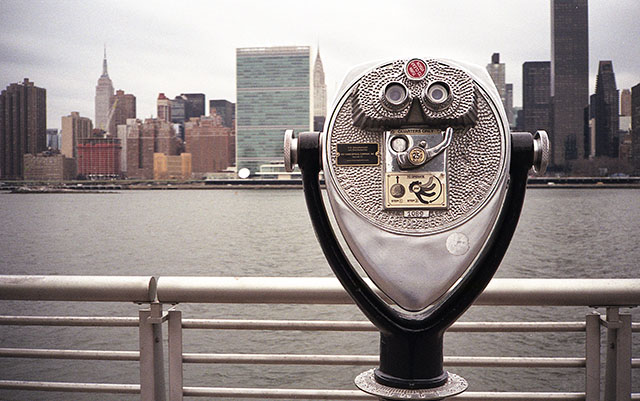
Medium Format Photography
Medium format cameras are often (but not always) bigger than your average 35mm camera, as they accommodate a larger film size. While 35mm film produces a negative that measures 24x36mm and has an aspect ratio of 3:2, medium format offers a lot more versatility. 6×4.5, 6×6, 6×7 and 6×9 (centimeters, not millimeters) are popular framing options. One of the coolest things about medium format cameras such as those from Hasselblad, Mamiya, Pentax and Bronica is their modular design, meaning you can not only use different lenses but different film backs and eyepieces/viewfinders as well, allowing you some degree of customization. In terms of cost, medium format cameras will generally be a bit more expensive than 35mm gear, but for the significant uptick in image quality and framing versatility you get over 35mm, you may see it as a worthy investment.
As I mentioned, medium format film (commonly denoted as 120 film) is larger, per frame, than 35mm film. 35mm film will give you 24 or 36 shots per roll. The number of shots you get with 120 film depends on the camera’s framing format; typical output is as follows: 6×4.5 will produce 15 frames, 6×6 will produce 12 frames, 6X7 will produce 10 frames, 6×9 will produce 8 frames. With minor variations, you will find the availability of brand and type of film to be very similar to that of 35mm film.
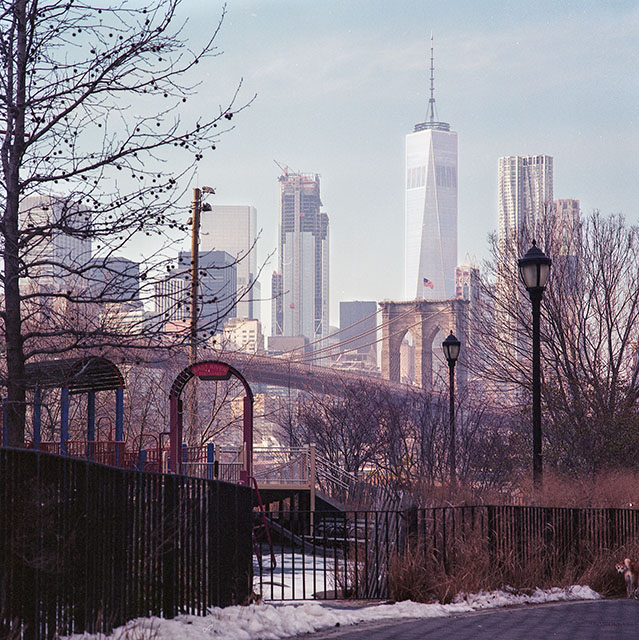
Instant Photography
Instant photography seems to be enjoying a particularly robust “comeback.” The Impossible Project found a way to breathe new life into Polaroid film and cameras; Fujifilm’s Instax line is easily among the company’s most successful offerings in an already impressive lineup of digital gear; and for now you can still get your hands on pack film/pull-apart film (to use in cameras such as the Polaroid Land series), but if you’re interested you should start stockpiling now as Fujifilm has officially discontinued both its color and black and white versions of the film.
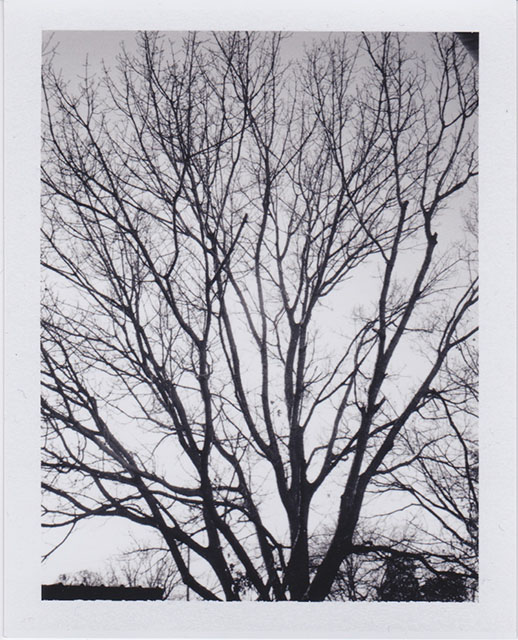
Instant film options are nowhere near as abundant as 35mm and medium format, but there are numerous instant cameras (Lomography, Leica and Fujifilm, for example) on the market that make use of one of Fujifilm’s two instant film offerings (Instax Mini or Instax Wide). The Impossible Project produces both color and black and white film for classic Polaroid formats or “types.” The 600 type, the SX-70 type and the Spectra type.
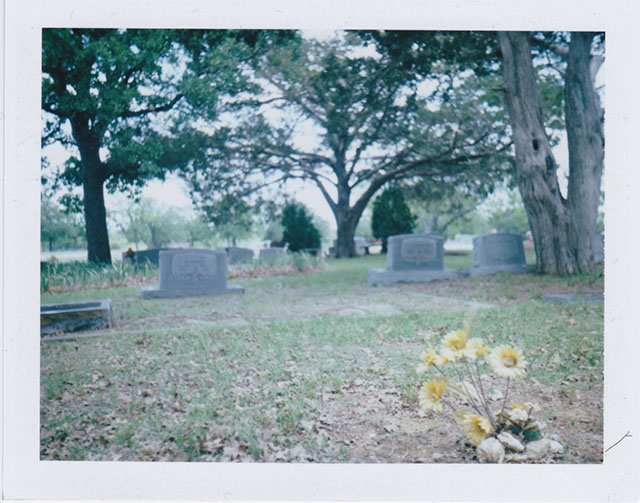
The image quality of instant film is generally quite good, though no one is ever going to mistake it for medium format. Stellar image quality, however, isn’t the reason people choose instant film — they choose it because it’s convenient, provides instant gratification and offers a certain “look” that people appreciate. Perhaps most important, shooting instant film is fun.
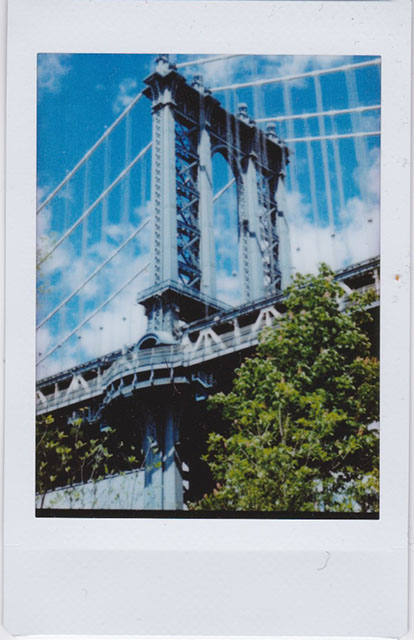
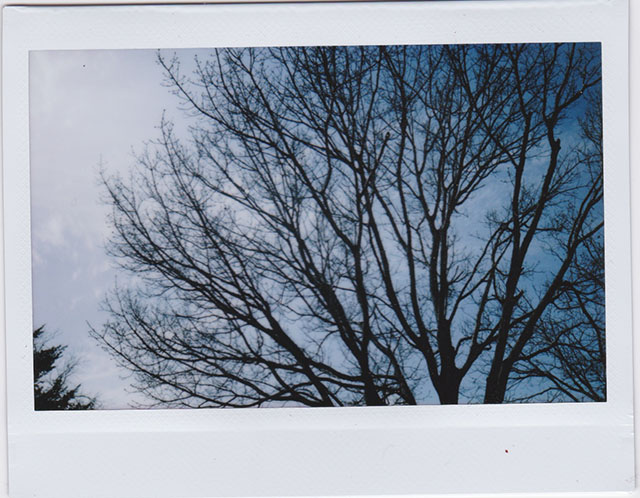
Final Thoughts
As I stated above, this is just a quick look at some of the options at your disposal — something to whet your appetite for analog photography as a means of offsetting the digital doldrums. Do your research before jumping in, but don’t overthink it. If film photography isn’t going to become your go-to medium, there’s no need to break the bank acquiring gear. You can pick up a 35mm camera with a standard lens and a few rolls of film for $100. Not bad when you consider the fact that you can’t put a price tag on the fun and artistic growth you’ll likely experience with your new (old) gear.

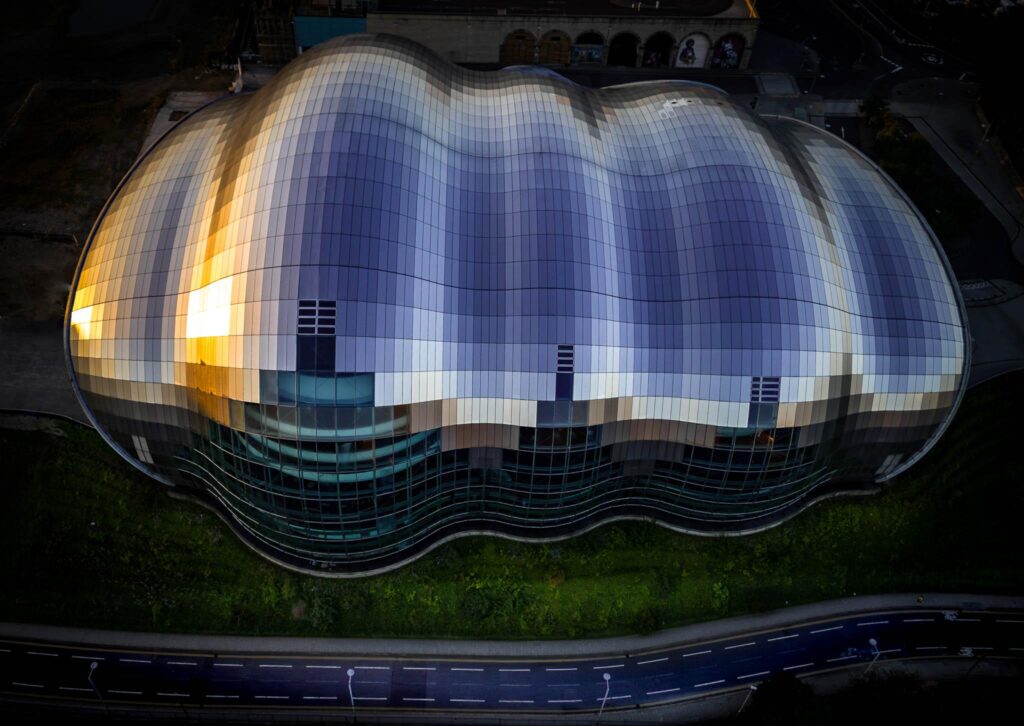
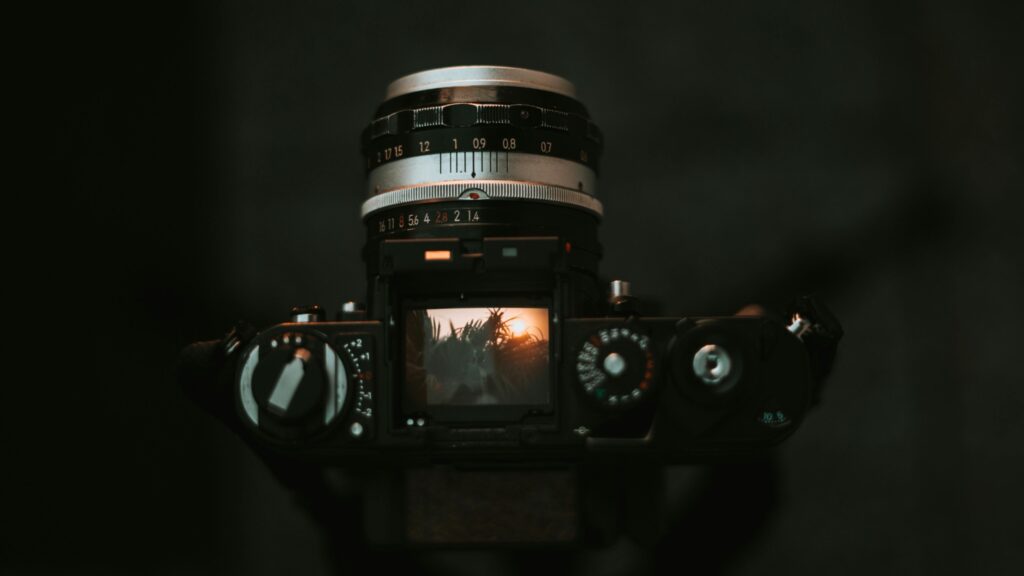

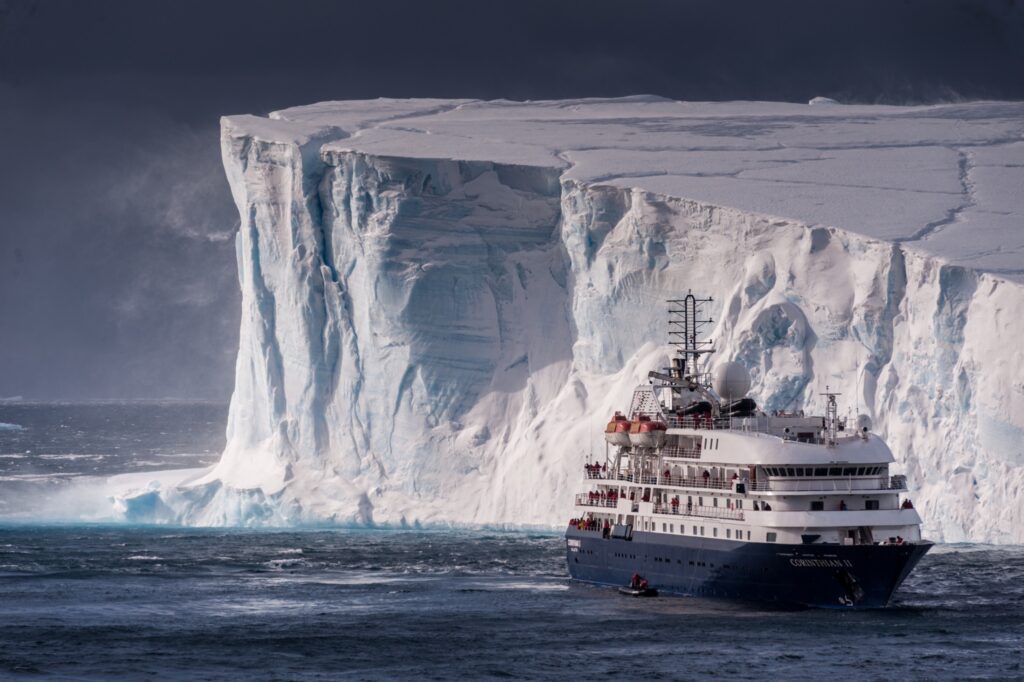
1 Comment
Jason, thanks so much for this article! I am 71 and just completing a 4 month, black/white film class at my local community college. I use a Nikon FM10 camera with a 35-70mm ,1:35-4.8 lens but I’d really love to have a stronger
zoom lens as I live in the Central Coast of Ca where I enjoy hopping around the agri-fields photographing barns, farm workers and planted fields. If possible, thank you in advance for your any further advice or recommendations.